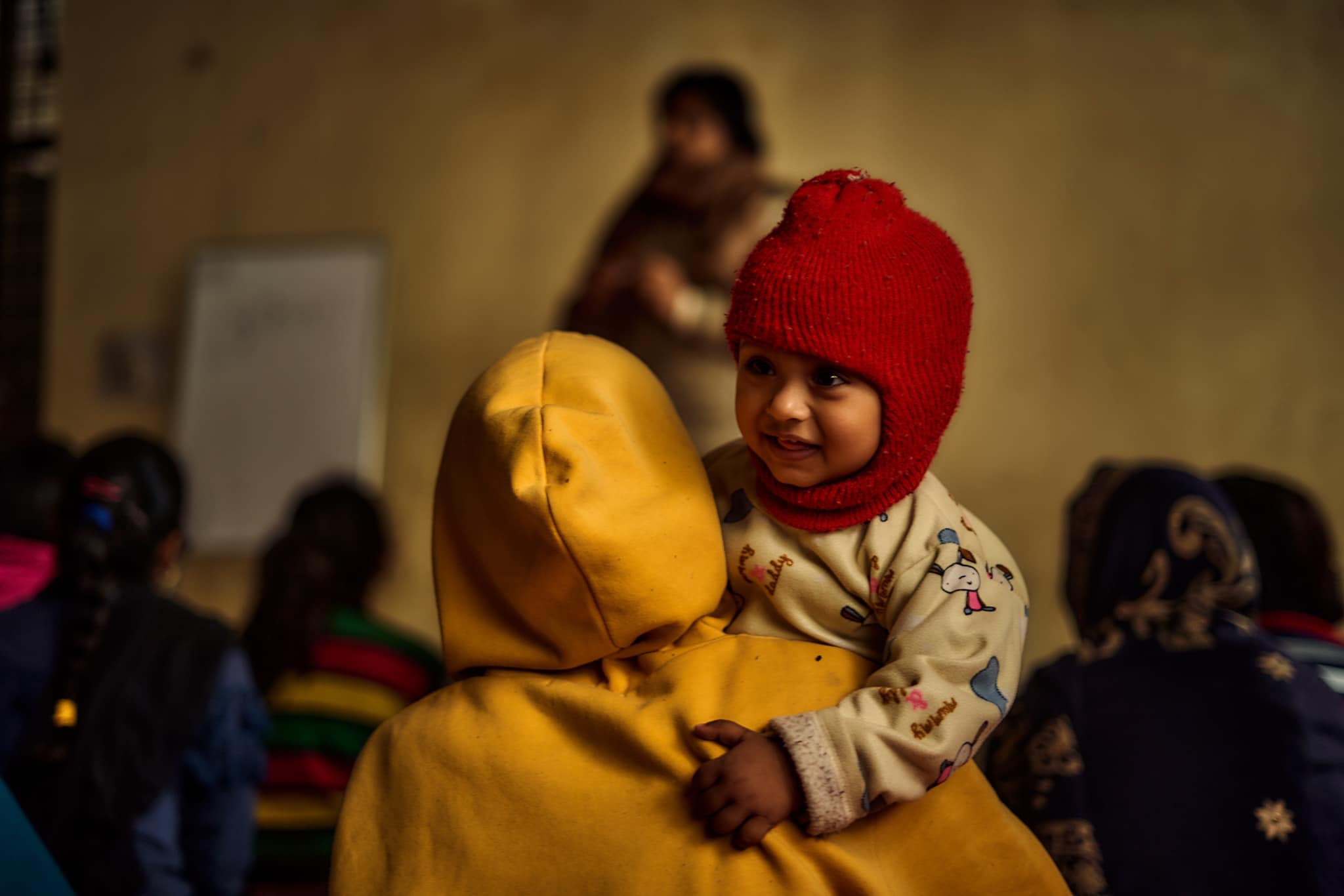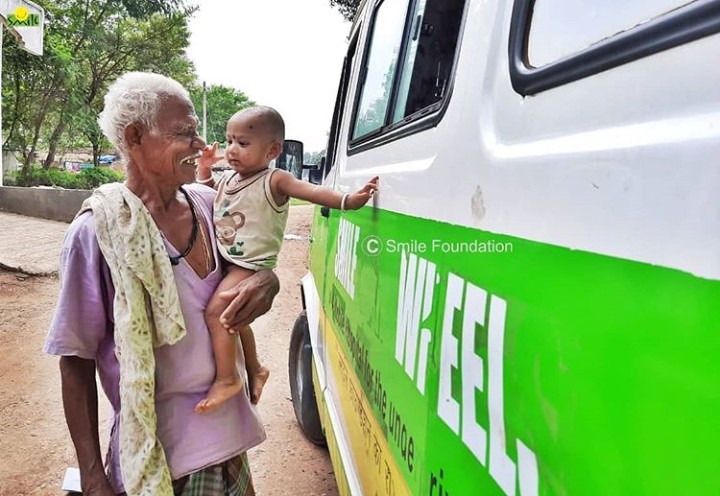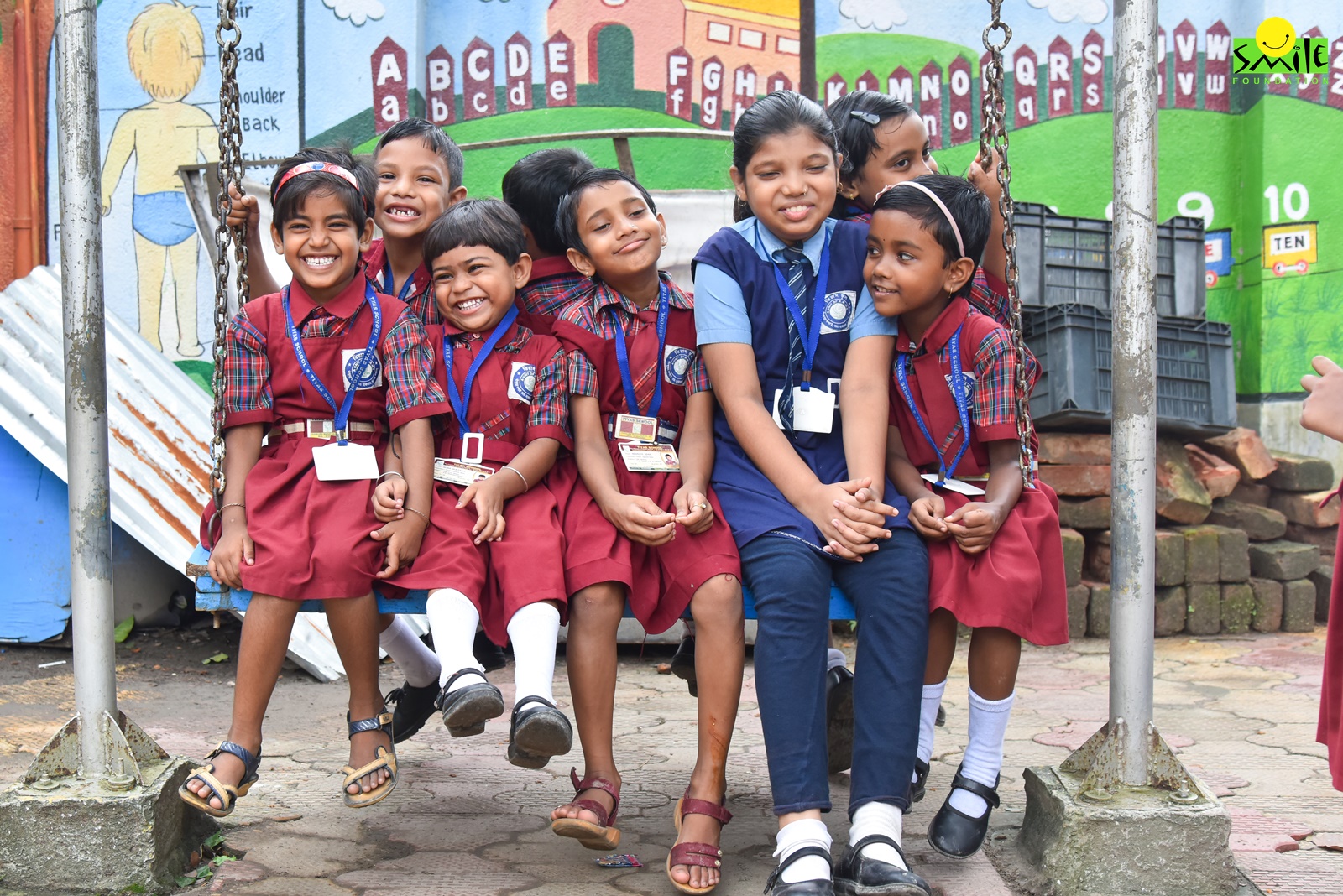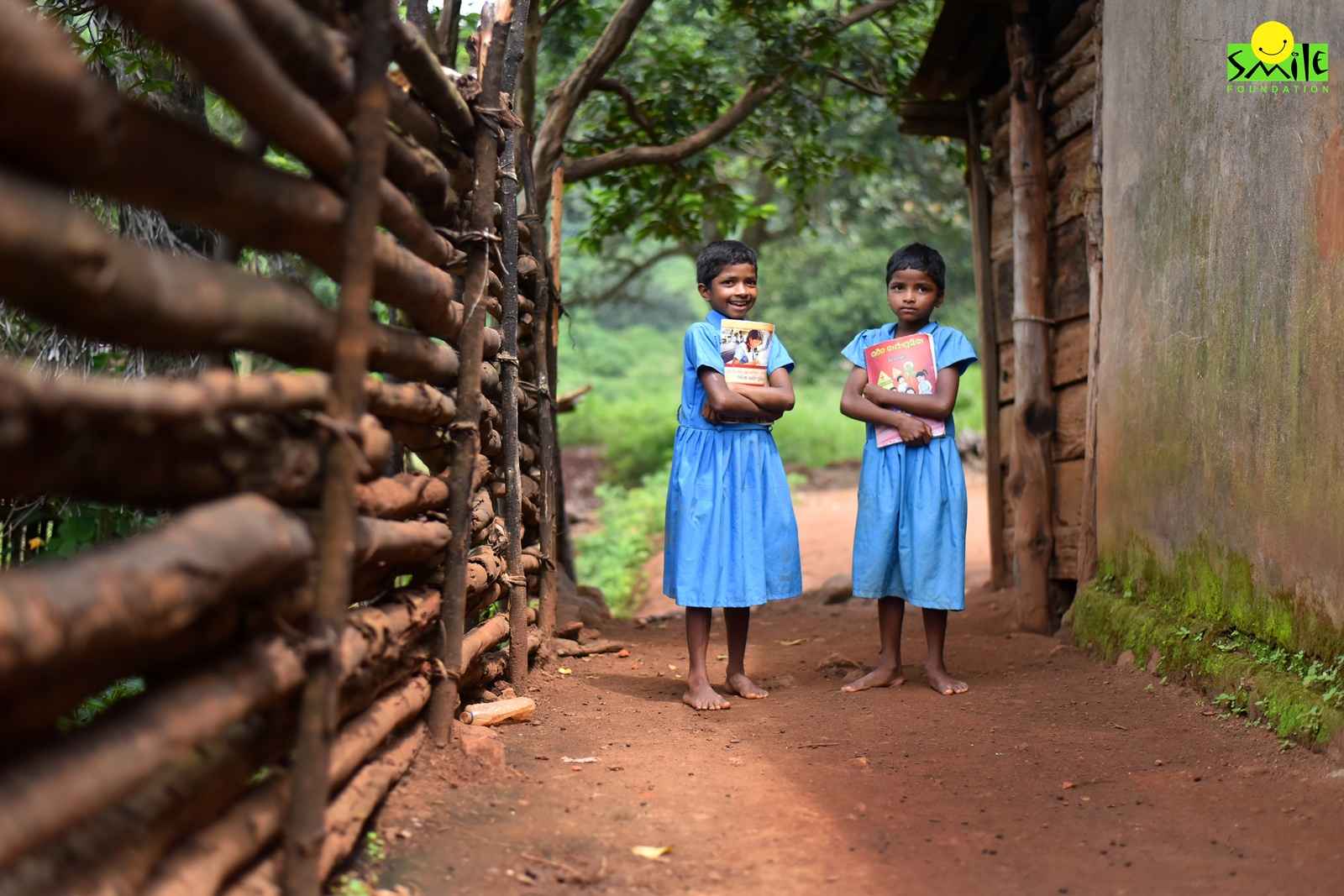In October 2014, an Indian man received the Nobel Peace Prize for his commendable work in the field of child rights (saving children from child labour). He shared the stage with Malala Yousafzai that year, a girl from Pakistan who was recognized for her courageous work for upliftment of girls and fighting for their education while going against Taliban and getting shot at because of it.
The man is Kailash Satyarthi. In 2023, Satyarthi published a book with the title ‘Tum Pehle Kyu Nahi Aaye’ (Why did you not come sooner?), detailing his journey of rescuing children from exploitative conditions, sometimes putting his own life in danger.
While these stories cover a wide range of issues like child abuse, domestic violence, gender discrimination, etc., one of the themes that kept re-appearing was the dark reality of child labour. In India, it is prohibited for anyone to employ a person who is below the age of 14 under the Child and Adolescent Labour (Prohibition & Regulation) 1986. However, the implementation of this act has always been a challenge because of the many ways in which it can be violated.
The (lack of) data on child labour
The 2011 census found that 10.12 million children in the country out of the 259.65 million were employed as child labourers in different capacities, whether a household help or working in hazardous situation at factories and mines. This is a staggering number, especially because the Child Labour Act had been in force since more than two decades before the 2011 census report. Since then, India has not conducted another censure and, therefore, it is difficult to find the official data related to child labour.
While the current official figure from India is not available, the global trend in child labour is distressing to say the least. According to a 2021 report by International Labour Organization (ILO) and UNICEF, the number of children who can be classified as child labour has increased by 8.4 million globally, taking the total number to 160 million. The biggest of the reasons for this increase has been the challenges posed by Covid-19 pandemic which forced marginalized people across the world into precarious survival conditions, thus pushing them to put their children to work.
The child labour trend in India, until 2011 when the last census report was published, was showing positive signs and continuous decline in the number of children out of school or working as child labour. However, a Parliamentary Standing Committee report titled National Policy on Child Labour – An Assessment – revealed that India’s commitment to achieving the United Nation’s global SDG of eliminating child labour by 2025 was ‘practically not possible’. While the report made several recommendations to move in the direction of eliminating child labour, it also highlighted many loopholes in the current laws and the preparedness to achieve the goal.
Concerns regarding child labour in India
The recommendations and highlighted concerns range from-
- the ambiguity of current laws and the legal definition of child labour,
- the economic conditions of many Indians living below the poverty line,
- the lack of tough punishment for those employing children for work, and
- the ways in which the existing law can be misinterpreted to employ children in hazardous activities.
However, the government has been taking actions to deal with these ambiguities and it further amended the 1986 Child Labour act in 2016 to add new provisions including the provisions for prohibition of employing adolescents in the age group of 14 to 18 years in occupations defined as hazardous.
Thus, the amended act not just prohibits employment of children within the age group of 5 to 15 years, it also prohibits employment of adolescents (14 to 18 years) in scheduled hazardous work processes. This shows that India is committed to eliminating child labour and is working consistently in that direction.
Having said that, the lack of data and stories of children suffering fatal consequences of being employed in seemingly safe work conditions continue to appear in the media. Most of these stories emerge from the urban centres, while the reality of smaller cities/ towns and rural India when it comes to child labour is still in dark.
The number of children employed in agricultural activities, small factories and manufacturing units, and domestic work can only be ascertained through a nationwide dedicated survey.
Education, not exploitation of children
While data and numbers are important to understand the problem of child labour, we don’t need staggering numbers to tell us that the problem needs to be solved. The physical and psychological impact on a child who is forced to work at a tender age can be immense. When we see children on the streets begging for food and money, selling small items, collecting scrap or engaged in other activities- it reminds us of the dire situations in which many children live in India.
There is a human tendency to protect children and, therefore, it is a natural desire to ensure that no child ever has to labour at an age where they should be free to play, explore, learn and grow. The negative impact of child labour is not just immediate, but also long term.
The children forced into work at a school-going age are deprived of the possibility of a good future. Without education, these children are pushed into a life with no way to come out of the vicious circle of poverty and drudgery.
Therefore, when we talk about child labour, we must also talk about education for children. The Right to Education act in India mandates free education for everyone till the age of 14. Further, there are various scholarships provided by Indian government for adolescents who want to study further and go off to colleges. The prohibition of child labour and the right to education work in tandem.
A developing nation cannot become developed without the welfare of its children
A developing nation like India must ensure that all of its children have access to good quality education. They must have the right conditions to make something good of their lives. So, the journey of ensuring that every child gets the childhood that he or she deserves is a long and difficult one. This is why it requires that everyone comes together like you can do it here supporting Smile Foundation to make this a reality where no child ever has to pick up work tools instead of a book.









